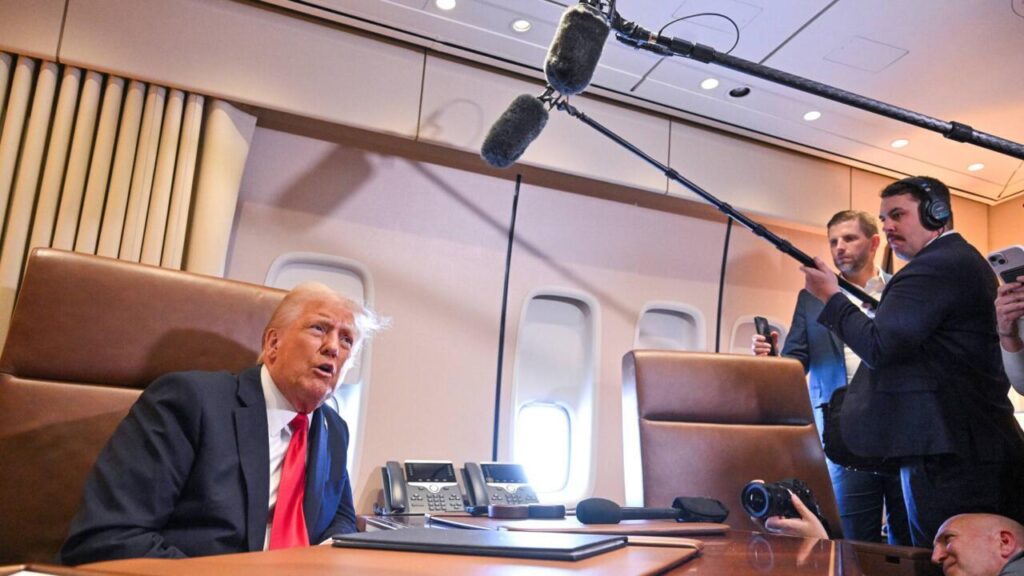President Donald Trump has announced that the US will impose a 25% tariff on steel and aluminum imports. Speaking aboard Air Force One on Sunday, February 9, Trump confirmed that the tariffs would apply to all imported steel, along with aluminum.
This decision is part of his broader effort to protect American industries from what he sees as unfair competition.
Trump had previously introduced similar tariffs during his first term, mainly targeting Asian and European countries.
The latest tariffs will likely affect major steel and aluminum suppliers to the US, including Canada, Brazil, Mexico, and South Korea.
Canada, in particular, is expected to feel the impact, as it is the largest supplier of these materials to the US. In recent weeks, Trump had already warned Canada about potential tariffs.
Along with these new tariffs, Trump also announced plans for “reciprocal tariffs.” He explained that the US would charge the same tariff rates that other countries impose on American products. He promised to reveal more details later in the week.
Trump’s trade policies are driven by his goal of reducing the US trade deficit, which reached nearly $920 billion last year.
He believes that tariffs will lead to a stronger American economy and has insisted that foreign exporters, not American consumers, will bear the cost. However, many experts argue that tariffs could increase prices for US businesses and consumers.
Trump has a history of using tariffs as a strategy in trade negotiations. In the past, he imposed tariffs on countries like China, Mexico, and Canada.
While he temporarily lifted tariffs on Canada and Mexico in exchange for commitments on drug trafficking and immigration, he continued imposing tariffs on Chinese goods. China responded by placing tariffs on American products such as coal and natural gas.
French President Emmanuel Macron has criticized Trump’s new tariffs, urging him to focus on China rather than targeting the European Union. He warned that these tariffs could lead to higher costs for American consumers.
Despite the criticism, Trump has also threatened new tariffs on the EU and Japan if they do not address trade imbalances with the US.







